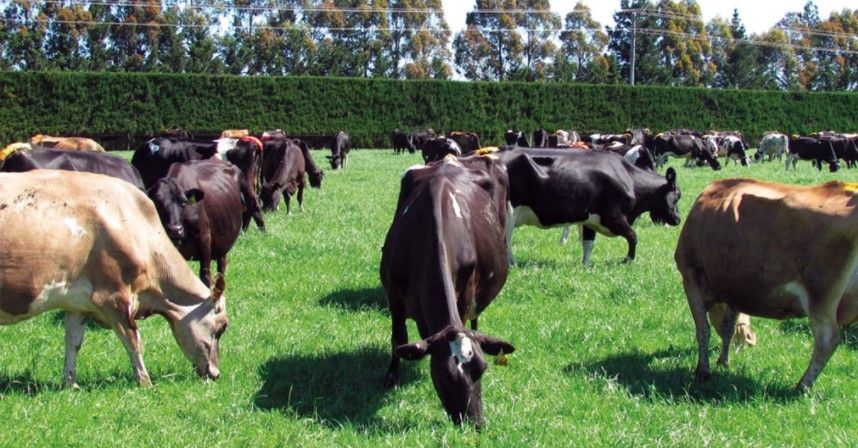
The reports are gathered from data collected from its Co-operative Difference programme. It is intended that these reports will be issued on a yearly basis, Fonterra acting director of on-farm excellence Michael Hide says.
Most of the data came from the records farmers are required to submit to Fonterra and the co-operative uses it to answer claims it makes in the market for access or for regulatory purposes, as well as the data collected by tanker drivers milk collection.
“We are trying to move to a position where we support farmers and tell farmers as early as we can about issues that are coming their way and help them prepare for things before they become regulations,” Hide said.
“It’s taking data that we already collect from farms and that we already have through our milk quality and whatever else … and using that in a way that’s helpful to the farmers and helping them improve.”
Hide says the reports are more than just a report card for the farmer. It was an attempt to use science to provide farmers with useful information that they can use to benchmark their environmental and milk quality performance.
He says Fonterra could also help the farmer make changes to improve their performance using the co-operative’s own resources or those of the wider industry.
“It’s about going, this is the problem, this is the potential prize, and this is what you need to do to address it,” he said.
The data is also used by Fonterra when it gets audited by its customers wanting evidence of the claims around its products.
The report includes information on the farm’s somatic cell count, milking efficiency, heat stress, lameness and mastitis, as well as information on the farm’s performance under the co-operative difference programme, a GHG report and a nitrogen risk scorecard.
“Throughout the year we’re collecting information from our farmers that is used to meet regulatory and market access requirements, but it’s increasingly providing proof points to our customers of the care our farmers take for the environment and their herds,” he said.
“Farmers put a lot of time and effort into recording data that provides really great evidence they’re producing milk in a way our customers want. Through the reports the co-op is able to deliver some of that opportunity back to farmers.”
Estimates using Insights data and DairyNZ calculators have found that around 90% of farms have an opportunity to shorten milking times and 44% of farms could save one hour a day.
In addition to labour savings, reducing time spent in the shed can also lead to better welfare outcomes for cows as extended milking periods are a known contributor to mastitis.
“Mastitis has a significant impact on animals and cost to farmers’ businesses through lost production and treatment. The insights show there is significant opportunity for farmers just by making some incremental changes to herd management,” he said.
“The insights highlight opportunities for improvement and our field teams are able to use the data and work alongside farmers, to suggest tweaks and changes to support animal health and potentially save on time and cost.”

























